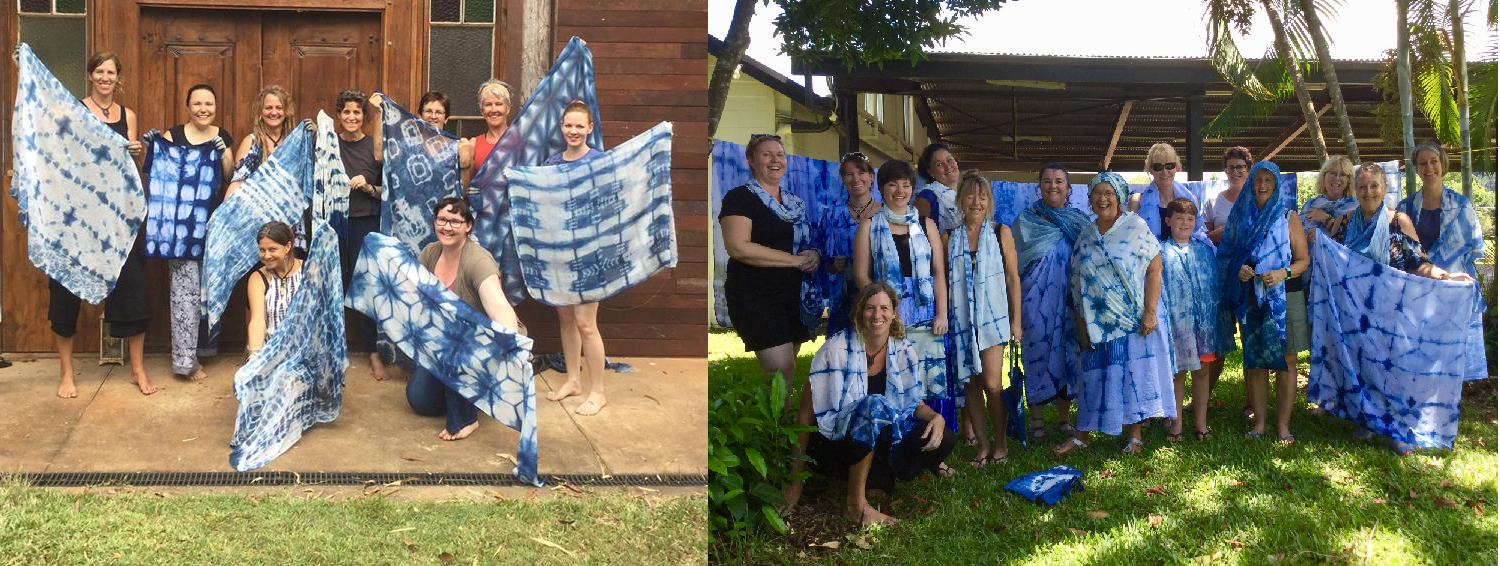What drew you to become a fashion designer?
I love individual unique clothing. I was taught to sew by my Grandmother and Nonna, and I also learnt a number of other textile skills from them. I have always made clothes for myself as I was never able to find clothing which I liked or could express myself through. Therefore I had to create my own. I have a love of individual clothing, natural dyes and natural fabrics.
Why was it important to you to offer a sustainable, responsible, Eco fashion line and how do you incorporate ideals such a Zero Waste into your work?
The impact of ‘fast fashion’ has major consequences for the environment and people all over the world. Synthetic fibres and dyes create pollution and do not biodegrade. It is important to me to be conscious of the impact my creations have on the environment and the legacy I leave behind.
Where do your find inspiration for new work?
I am inspired by the natural landscape of our beautiful country and its diverse environments. My work aims to capture the essence or spirit of the forest and blend us back into nature from where we come.
What materials do you work with – organic, reclaimed, etc.?
I use all natural fibres including silk, wool, cotton and linen and always use recycled fabric when possible. I also often buy secondhand clothing which I alter to create new pieces so I am having less of an impact on the environment and can give new life to an old unused garment.
What are the biggest challenges you face as an sustainable designer?
The biggest challenges for me as a sustainable designer is educating the consumer on the importance of quality and ethical clothing. Consumers are used to buying cheap fast fashion and are often unaware of the true cost of these garments on workers and the environment.
How do you help customers understand the higher cost of sustainable garments when they are so inundated with sweat shop-produced cheap merchandise?
This is something which has been difficult as people are used to buying very cheap disposable fashion made by people being exploited in other countries. The true cost of these garments is the environment and people’s lives and health which customers do not take into account when buying this kind of fast fashion. It is also not good quality clothing as workers are forced to produce large volumes and do not have the time to properly make things to last.
I tell people that they are paying for something which is good quality, handmade, original and a one-off piece made to last. I let them know that people are paid properly and therefore they will have to pay more for quality and fair trade.
What can we look forward to seeing on the runway at Eco Fashion Week Australia 2018?
Natural fibre clothing dyed with natural plant dyes inspired by the diverse natural environments of Australia.
How do you incorporate sustainable living in other areas of your life? My life is devoted to sustainable living.
Being conscious of our impact everyday in everything we do is an important way to make change.
Anything else you would like readers to know?
I have a Bachelor in Science (Botany)and have worked as a horticulturalist, ethno-botanist, arts worker and artist. My true passion is the natural environment and I aim to reflect this passion and love of nature through my work.
Links -
- Instagram - @birdtribewearableart
- Facebook - https://www.facebook.com/pg/birdtribewearableart/
- Etsy - https://www.etsy.com/shop/birdtribe
Women showing off their creations at Indigo Shibori Workshops by Nina







